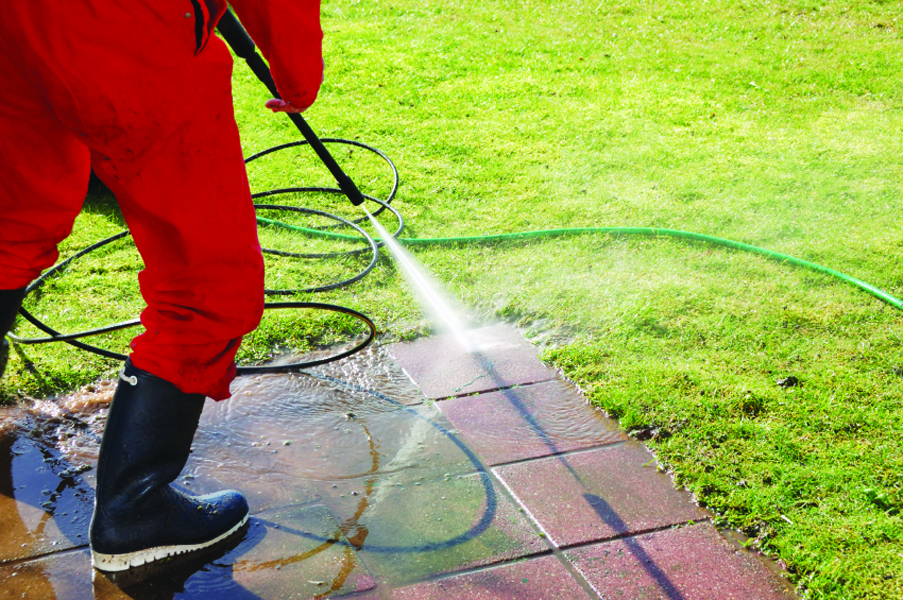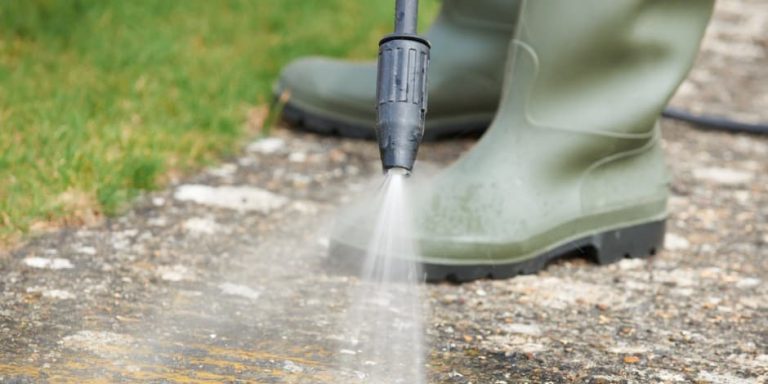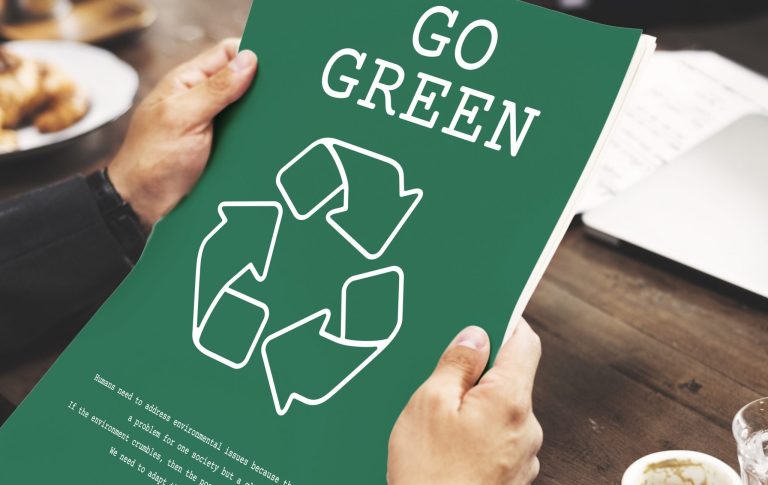
Power washing gets rid of visible grime, but where does all that dirty water go?
Many people assume that once it disappears down the driveway or into the grass, the job is done. But improper disposal of wastewater from power washing can have serious consequences—not just for your property, but for the surrounding environment. 🧼🌎
💦 What’s in Power Washing Wastewater?
Depending on the job, wastewater may contain:
- Chemical cleaners (surfactants, bleach, solvents)
- Oils, greases, and automotive fluids
- Paint, rust, or sealant chips
- Biological contaminants (mold, mildew, bacteria)
- Heavy metals and sediment
Allowing this untreated mixture to flow into storm drains, lawns, or sewer systems can create major environmental and public health risks.
🌊 Where Does Improperly Disposed Water Go?
Most storm drains lead directly to natural water bodies without any treatment. This means pollutants from your power washing job can end up in:
- Rivers and lakes
- Wetlands
- Coastal areas
- Underground aquifers via infiltration
🚫 Wastewater dumped in the wrong place can contaminate drinking water sources, poison wildlife, and degrade recreational water areas.
🧪 Real-World Example: Restaurant Grease and River Contamination
A small restaurant in a coastal town hired a pressure washing service to clean their greasy back patio. The waste was discharged directly into a nearby alley, where it ran into the storm drain.
- Within 48 hours, dead fish were found in the adjacent bay
- Bacteria levels in the water spiked 400%
- The restaurant faced a $7,500 fine and a local news scandal
⚖️ Legal and Regulatory Risks
Many municipalities have clear ordinances prohibiting:
- Disposal of wastewater into storm drains
- Discharge of pollutants onto soil or streets
- Cleaning chemicals entering public waterways
Violations can result in:
- Hefty fines ($500–$10,000 per incident)
- Business license suspension
- Civil or criminal penalties under the Clean Water Act
🛑 Environmental Consequences
Improper disposal can lead to:
- Toxicity in aquatic ecosystems
- Destruction of beneficial microbial life
- Algae blooms and eutrophication
- Long-term soil degradation
- Contaminated groundwater used for irrigation or drinking
✅ Best Practices for Proper Waste Disposal
- Capture runoff using berms, vacuum booms, or containment mats
- Use filtration systems to remove solids before disposal
- Discharge to sanitary sewer systems only (never storm drains)
- Choose biodegradable, eco-safe detergents
- Train staff to recognize and follow local disposal laws
Browse Amazon Here For Biodegradable Pressure Washing Detergents
♻️ Eco-Friendly Innovations
Some power washing companies now use:
- Mobile water recovery systems
- On-site filtration trailers
- Closed-loop wash bays
- “No-discharge” pressure washing techniques
These options help ensure wastewater is treated and reused responsibly. 🌿
🌍 Final Thoughts
Cleaning surfaces shouldn’t mean dirtying the planet. Improper disposal of power washing wastewater is more than a mistake—it’s a form of pollution. By adopting responsible disposal methods, professionals and property owners can protect both their environment and their reputations. 💧🌎✅
Browse Amazon Here For Top Rated Power Washers And Accessories






